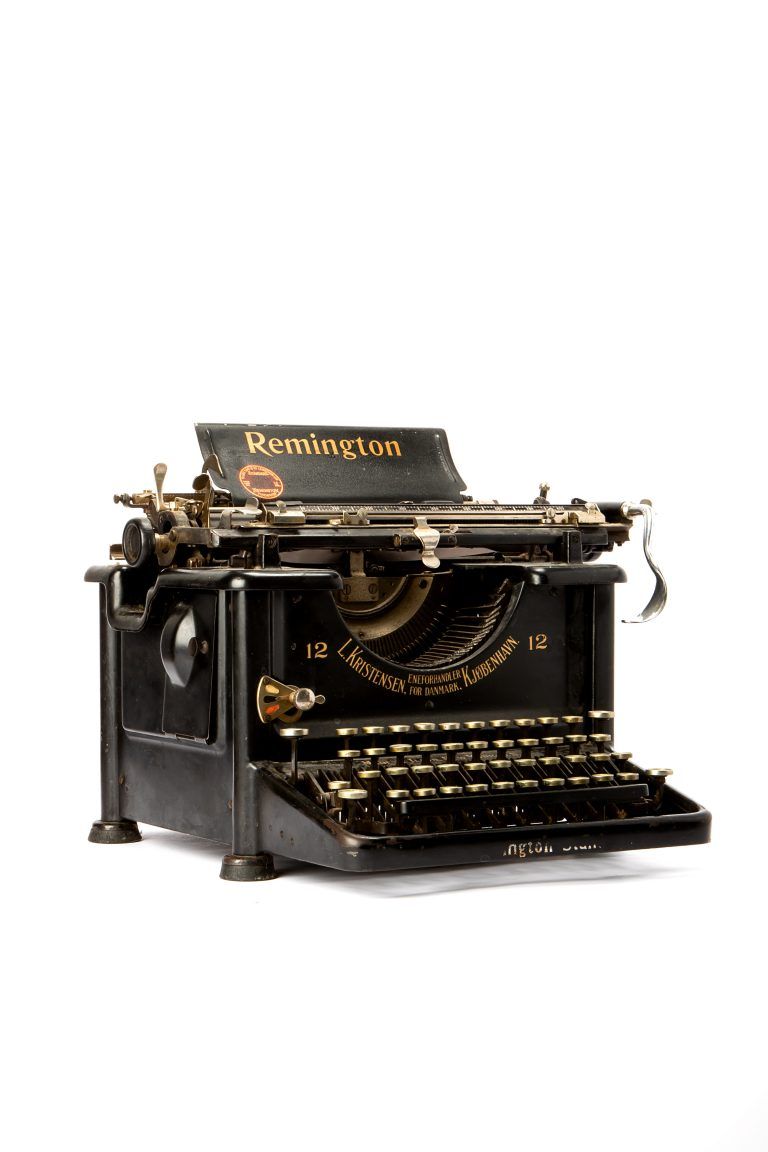Old School Versus New School Organizing: Some Things Never Change

Photo by REVOLT on Unsplash
Before smart phones, I used to carry a tiny notebook and small calendar in my purse. Everything I wanted to remember went into the notebook while every appointment and event went into the calendar. These two little things helped me remember things that would have been easily forgotten. When friends recommended books to read, I wrote the titles down in the notebook. If a visit to a museum or lecture offered something that was especially noteworthy, it was recorded in the notebook. Sometimes I would just write down ideas that came to me – in fact I used to call the notebook My Brilliant Idea Book (a little tongue in cheek humor there). Every day I’d write something down, I would start with a new page and would date it. The date was helpful in going back to find specific entries and it was just nice having a timeline for my thoughts and activities. At the end of each day I reviewed what I had written down to decide if I needed to act on any of my friends’ suggestions or my brilliant ideas.
Aside from its simplicity and ease of use, there were several reasons why this system worked:
- It was fast to record things so I could keep my attention on what was going on around me. Using the system was relatively painless.
- The system was portable – it was with me regardless of where I was because my purse was always with me. The system was where I needed it, when I needed it. I did not have to use temporary systems that would get lost or would muddy my recollection because I did something different.
- The components of the system – the calendar and notebook – had a home. I knew they were always in my purse. If I took them out of my purse, they were returned to my purse when I was finished using them.
- I used the system consistently; that is every time I wanted to remember something I wrote it down in my little notebook. I did not use scraps of paper. I did not trust pieces of information to my memory and hope that I would remember them later. I consistently recorded things in the same notebook. I consistently wrote appointments and events in my calendar.
- I was consistent about reviewing the calendar and the notebook at the end of the day. That review gave me the opportunity to decide what, if anything, I was going to do with the information I captured. In addition to bolstering my memory, the review served as the interface with my to-do system. Interfaces are important because they are what ties all the systems together to create a healthy whole.
Times have changed. My system has changed to accommodate my smart phone. I still use a paper calendar with space to accommodate my to-do list (www.plannerpads.com). Instead of My Brilliant Idea Book I use Evernote to capture pieces of information. If you haven’t heard of Evernote, I suggest that you take a look at the website. Imagine having a bookcase of notebooks in the cloud – that is what Evernote is like. Although my system components have changed, the key features are the same as my early system.
When you look at the features described in bullet points above you’ll notice that only a couple of the features describe the components (easy-to-use and portable ) and most of the features describe how I use the system (providing a home, consistent use, and providing a way to fit the system into other systems). The truth of the matter is, the success of an organizing system depends more upon the user than the components. Old school, new school – it doesn’t matter as long as you endeavor to follow some basic organizing principles. Some things never change.










